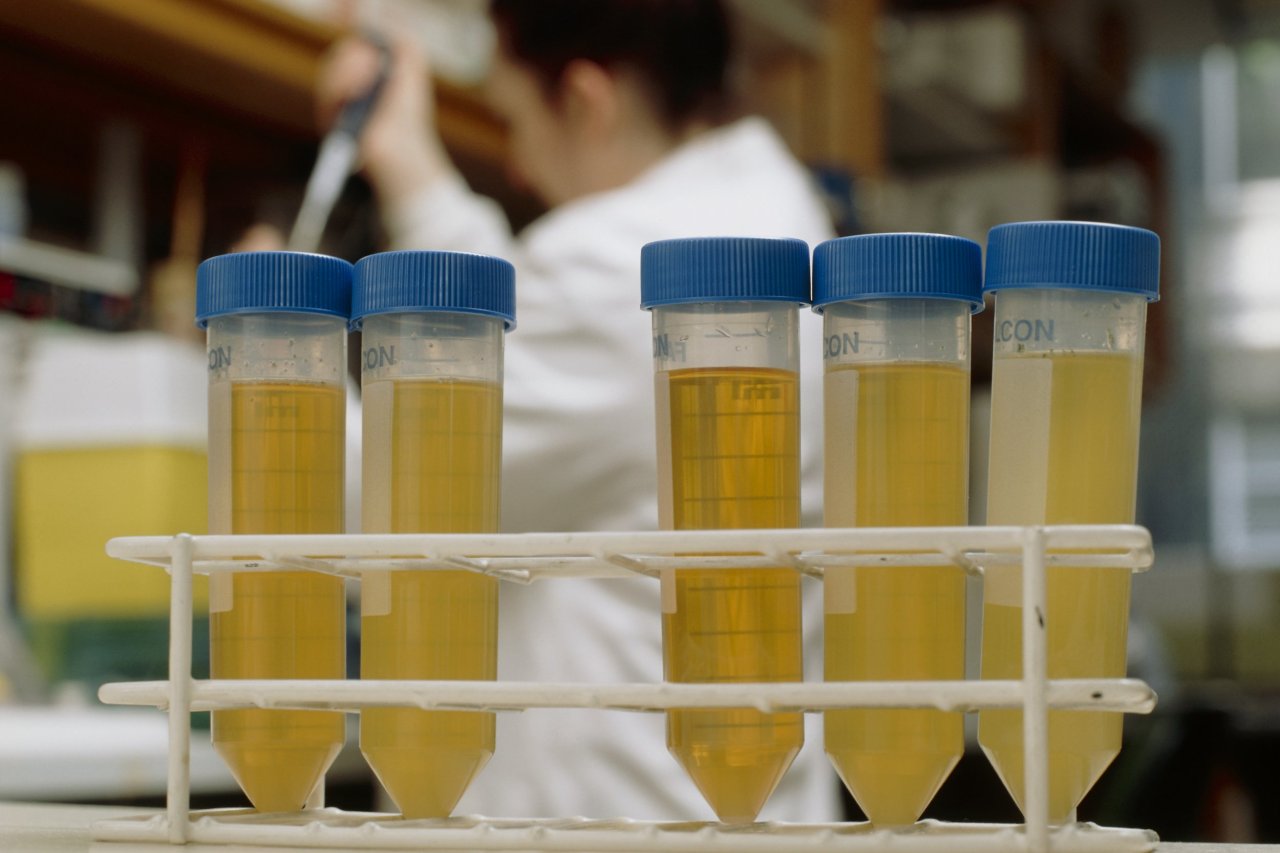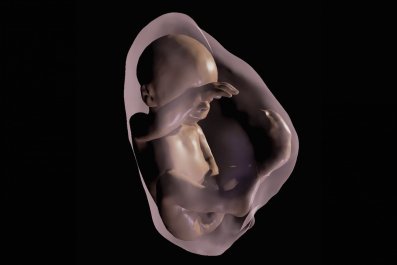When it comes to the current state of cancer survival, Susan Bates feels like many of the rest of us. "It's incredibly frustrating," she says. For Bates, who treats pancreatic and other cancers at Columbia University Medical Center, the frustration is worsened by virtue of knowing her enemy—an elusive gene that "makes cancer grow very fast."
Bates is speaking about the ras family of genes that drive many deadly cancers. The three members of this family—kras, nras and hras—are responsible for nearly 30 percent of all human cancers. Kras is particularly frightening. Nearly all pancreatic cancers, about half of colorectal cancers and about a third of lung cancers contain mutant kras, which is involved in an estimated 1 million cancer deaths annually.
Although the role of ras in cancer has been recognized for more than 30 years, all efforts to create drugs to block the mutant Ras protein have thus far failed. But after years of frustration, researchers are finally hammering some cracks in this once impenetrable wall. "Now I can see a path forward for developing drugs against Kras," says Frank McCormick, a cancer researcher at the University of California, San Francisco (UCSF), who is leading the four-year-old Ras Initiative at the National Cancer Institute. "I don't see any massive impediment that will stop us."
Related: Psilocybin Reduces Anxiety in Cancer Patients
Discovered in 1982, ras was the first known human oncogene; that is, a gene that serves an essential function in healthy cells but can mutate and, in its mutated form, trigger cancer. Unlike inherited genetic variants linked to some malignancies, cancer-causing ras mutations cannot be predicted or prevented. Although more than 500 genetic mutations have been found in tumors, ras is among the few proved to fuel the progression of cancer and is often present at the very start of tumor growth.
Ras genes encode proteins known as signaling molecules. These molecules trigger cells to grow, proliferate and move around the body. They can be turned on or off, except when there are mutations in the ras gene. Then the signals remain turned on, leading to an unstoppable propagation of cells—the very definition of cancer.
Several features of Ras (uppercase, meaning the protein, as opposed to ras, the gene that codes for it) have hindered experimental therapies against it. Most notably, drugs cannot latch on to Ras proteins because their spherical surfaces are smooth, like "a greasy ball," as Adrienne Cox, a biomedical scientist at the University of North Carolina at Chapel Hill, puts it. Also, because the differences between the active and inactive forms of Ras are extremely subtle, drugs don't always land on the correct target. Mutant Ras and normal Ras (which is vital to healthy cells) are also extremely similar. Stopping the mutants without harming the normal genes has so far proved impossible. For many years, Ras was considered impossible to target with a drug.
Recent progress by the Ras Initiative and other efforts are rekindling hope. In November, a National Cancer Institute (NCI)-funded team, led by Dhirendra Simanshu at Maryland's Frederick National Laboratory for Cancer Research, published its work describing the complete structure of a Kras protein. "Everybody can now see what the whole protein looks like from head to tail," says McCormick, a longtime veteran of both industry and academic attempts to target Ras. Although he can't provide details yet, McCormick says other research has identified previously unknown differences between mutant Kras and healthy Ras proteins that could be exploited by drug developers.
McCormick oversees two groups: the approximately 50 NCI researchers who receive the bulk of the Ras Initiative's annual budget of $10 million to $15 million and other academic scientists, such as Cox, who receive a more modest portion of that funding. Cox's work is unraveling the complexities of mutant Ras proteins and how they interact with their surroundings. Cox, a member of a collaboration called the Ras Synthetic Lethal Network, is equally inspired by the cooperation among her colleagues and their work. Members of the network are, she says, "genuinely sharing important new data ahead of time," a departure from the guarded-secret style typical of academic and industry research.
The Ras Initiative maintains a similar spirit. "It's almost like a crowdsourcing approach to Ras," says Stuart Schreiber, a pioneering scientist at Harvard and the Broad Institute who is not affiliated with the NCI program. As Schreiber sees it, such cooperation among the NCI, outside academics and industry is integral to making strides against Ras.
That cooperation has stretched even beyond the confines of biology. Most recently, the Ras Initiative worked with the U.S. Department of Energy to create a computer simulation of how Ras moves and interacts with other cell structures. This visualization will allow drug developers to model experimental therapies. "We're way beyond the scope of any individual investigator or biotech," says McCormick.
Other researchers are also testing radical new ideas. In 2012, Greg Verdine, a Harvard chemist and biotech entrepreneur, founded Warp Drive Bio to pursue his theory that nature had already solved the problem of targeting the smooth Ras surface. By mining the genomes of bacteria and fungi, Verdine is using natural products to create molecules that will stick firmly—and only—to mutant Ras. Warp Drive recently acquired $750 million in funding by Sanofi Pharmaceuticals after its initial investment of $125 million in 2012. "What I love about it is that it's different," says Schreiber of the approach. "We need new ideas."
Additional efforts include immune therapy; RNA interference, which turns off genes; and covalent inhibitors, drugs that bind to proteins lacking deep grooves or pockets. After a covalent inhibitor of Kras created by Kevan Shokat and colleagues at UCSF blocked mutant Kras in laboratory studies, Johnson & Johnson licensed the compound for development in 2014. No further data are available.
McCormick cautions that the road from here to the bedsides of patients is still long. Verdine anticipates starting clinical trials in 2018. And although NCI director Doug Lowy does not expect drastic funding cuts when the White House administration changes in January 2017, he notes that federal budgets for scientific research are always uncertain from year to year. But in light of recent progress, many Ras researchers believe there's reason for optimism.
Bates, who has watched too many patients die from pancreatic cancer, hopes they're right. "We aren't going to make any progress," she says, "until we find something to limit Kras."
Read more from Newsweek.com:
- Cancer deaths among women will double by 2030
- No one will talk about anal cancer
- 9/11-related cancer is surging























